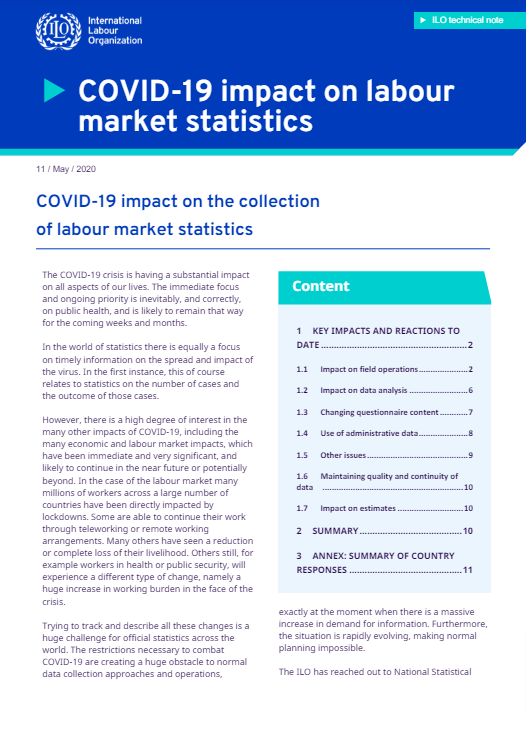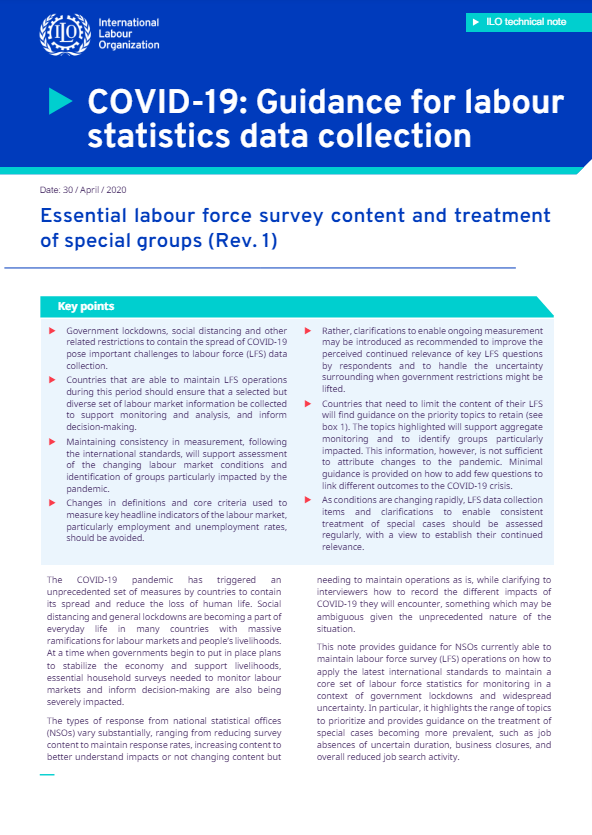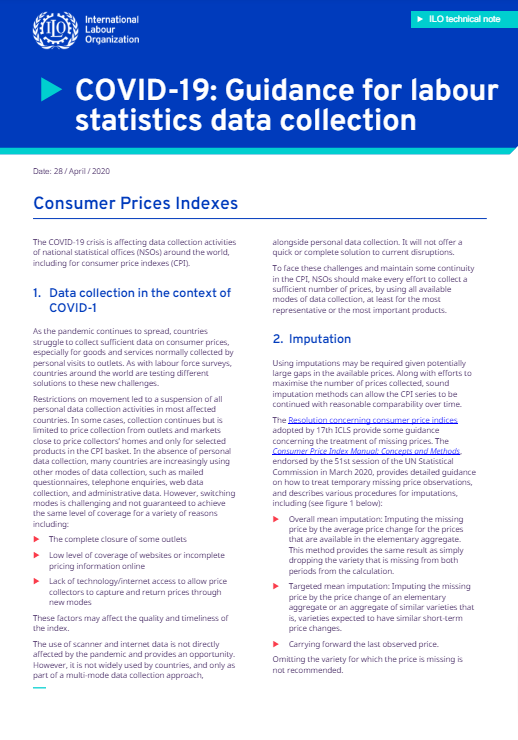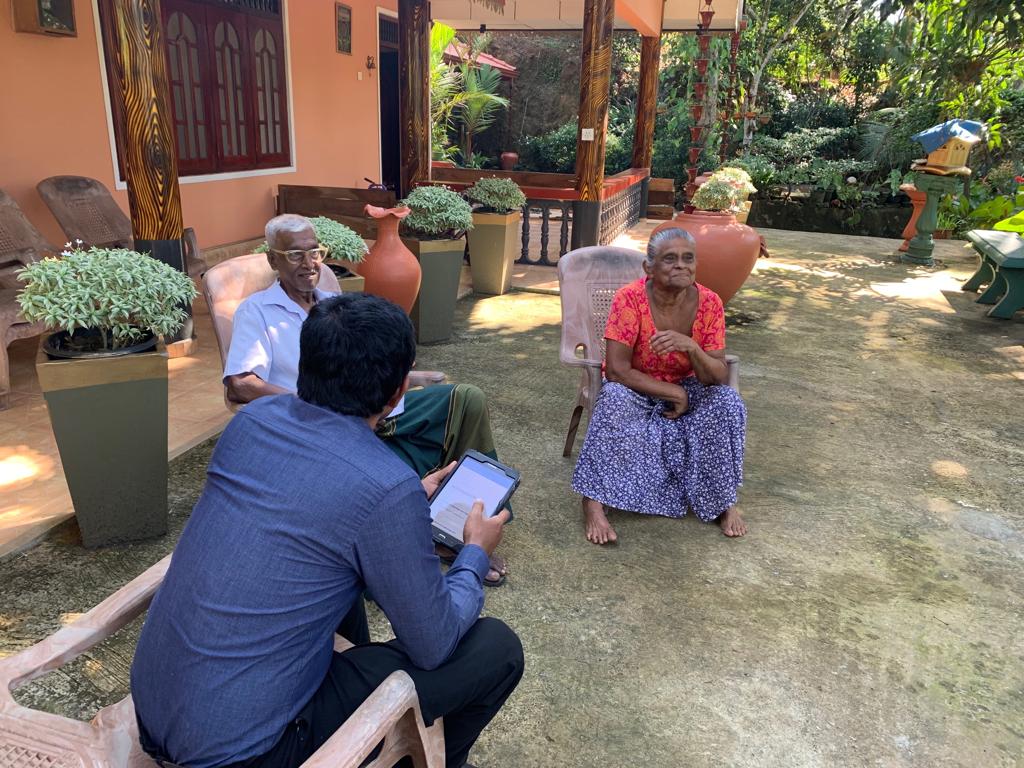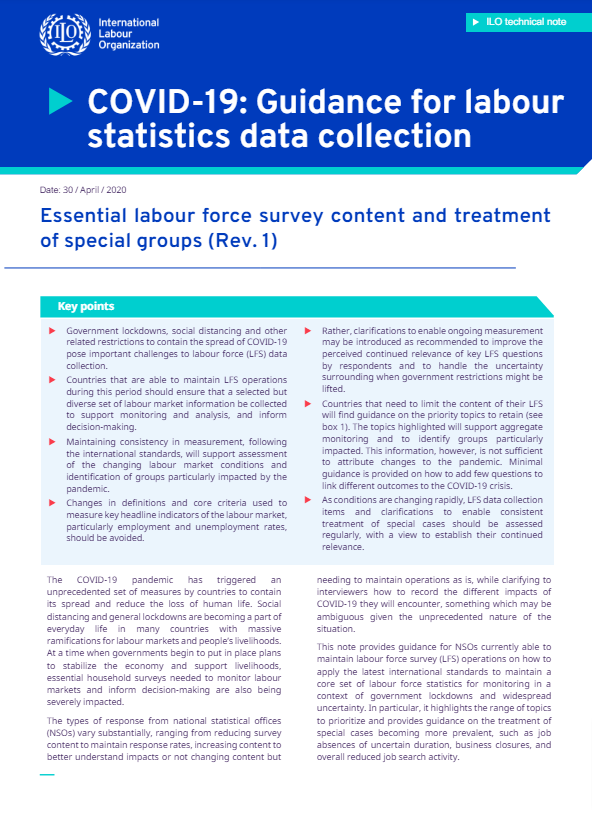
International Day of Families: how marital status shapes labour market outcomes
Married life still has a gendered effect on women and men’s labour market outcomes, including their labour force participation, the type of jobs they hold and the forms of labour underutilization they are exposed to.
International Day of Families: how marital status shapes labour market outcomes Read More »

